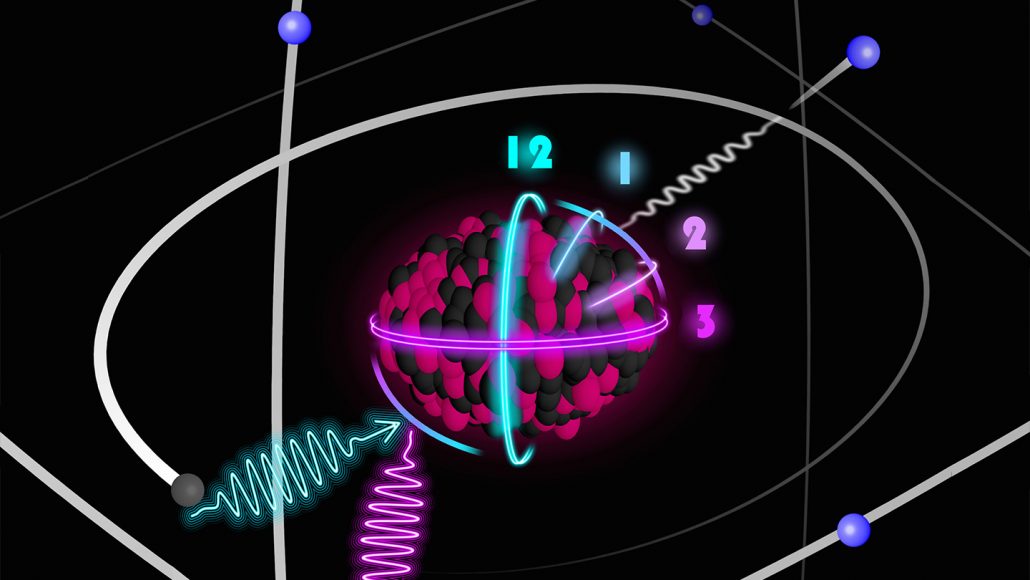Questions for “Nuclear clocks are nearly here”

Physicists are trying to build a brand-new type of clock (shown in this artist’s illustration). Called a nuclear clock, it would be based on the physics of atoms’ hearts — and keep time better than today’s most precise clocks.
TU Wien